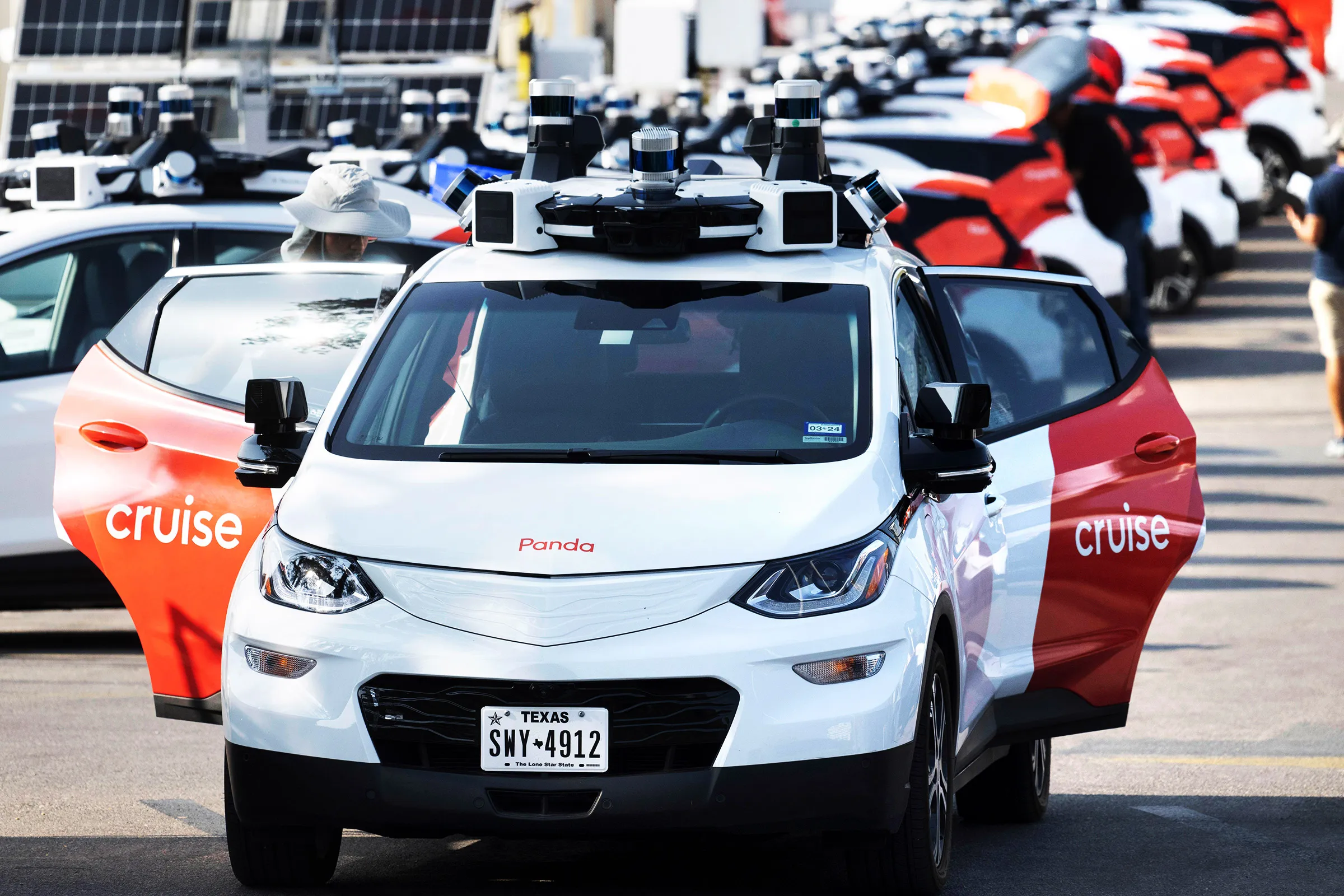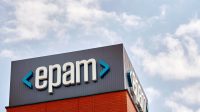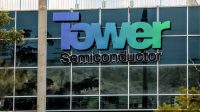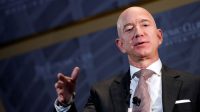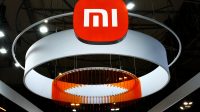Cruise’s Relaunch Strategy
Cruise, General Motors’ self-driving car division, is swiftly preparing for a relaunch in an undisclosed city, responding promptly after California imposed a ban on its autonomous vehicles following a recent incident. The company, which temporarily halted all manual and supervised car trips across the United States and initiated a comprehensive safety review, experienced internal upheaval leading to the resignation of CEO Kyle Vogt and Chief Product Officer Daniel Kan.
Industry Challenges and Rebuilding Trust
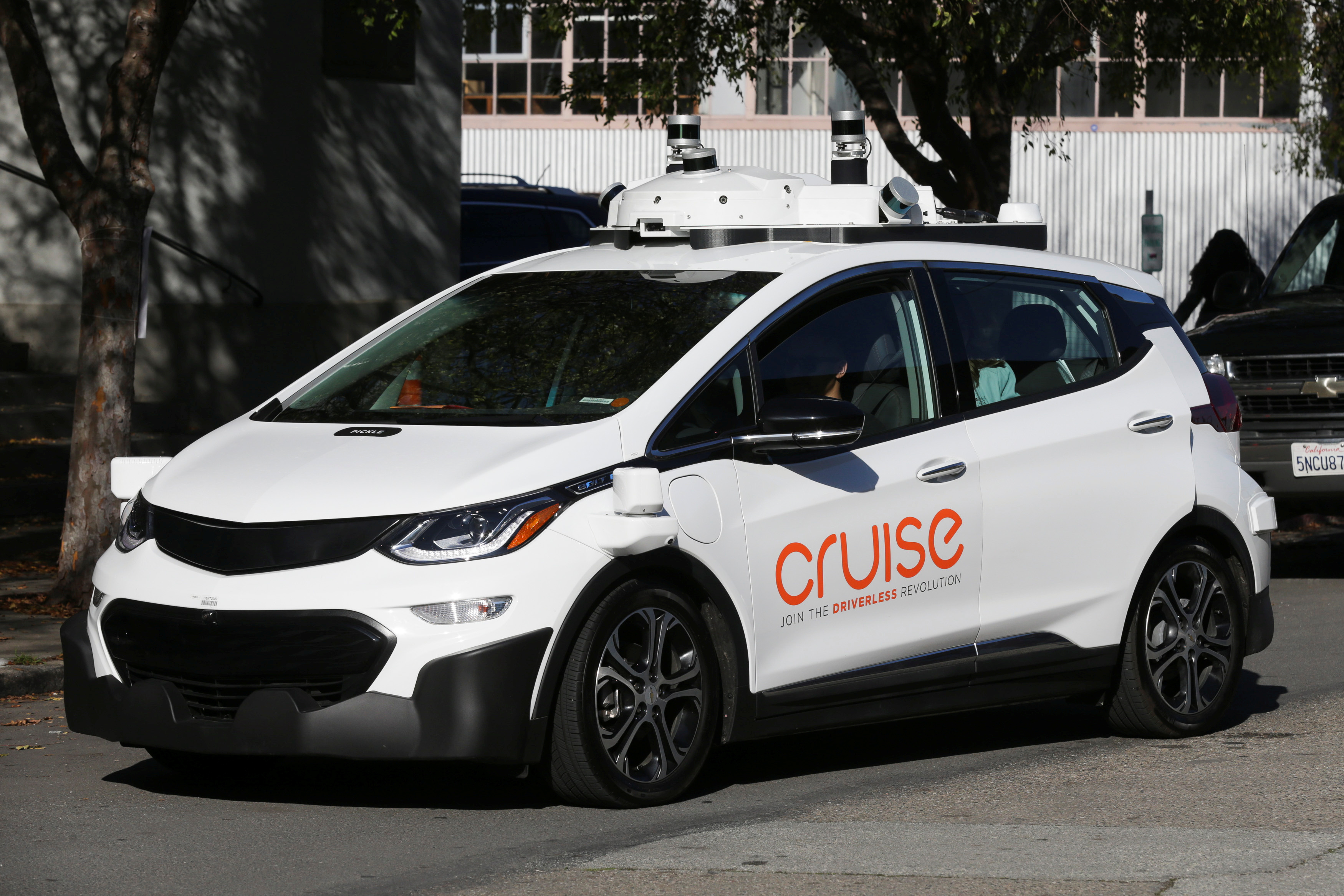
This setback is particularly noteworthy for an industry heavily dependent on public trust and regulatory cooperation. Cruise, previously vocal about its ambitious plans to extend its fully autonomous taxi service to multiple cities, is now prioritizing the rebuilding of trust before restarting operations in a single city to showcase its enhanced performance.
The immediate focus for Cruise will be on its Bolt-based Cruise AVs, with a long-term strategic emphasis on the Origin—a multi-passenger vehicle ingeniously designed without conventional controls. An internal email from the company hinted at impending job cuts, primarily affecting non-engineering roles, with detailed information expected in mid-December.
GM, Cruise’s parent company, is grappling with financial challenges, having reported losses exceeding $700 million for Cruise in the third quarter, contributing to a cumulative loss surpassing $8 billion since 2016. Initially, GM CEO Mary Barra had projected Cruise’s autonomous technology to generate $50 billion in revenue by 2030, forming a crucial part of a broader strategy to double GM’s overall revenue to $280 billion.
Incident and Regulatory Ramifications
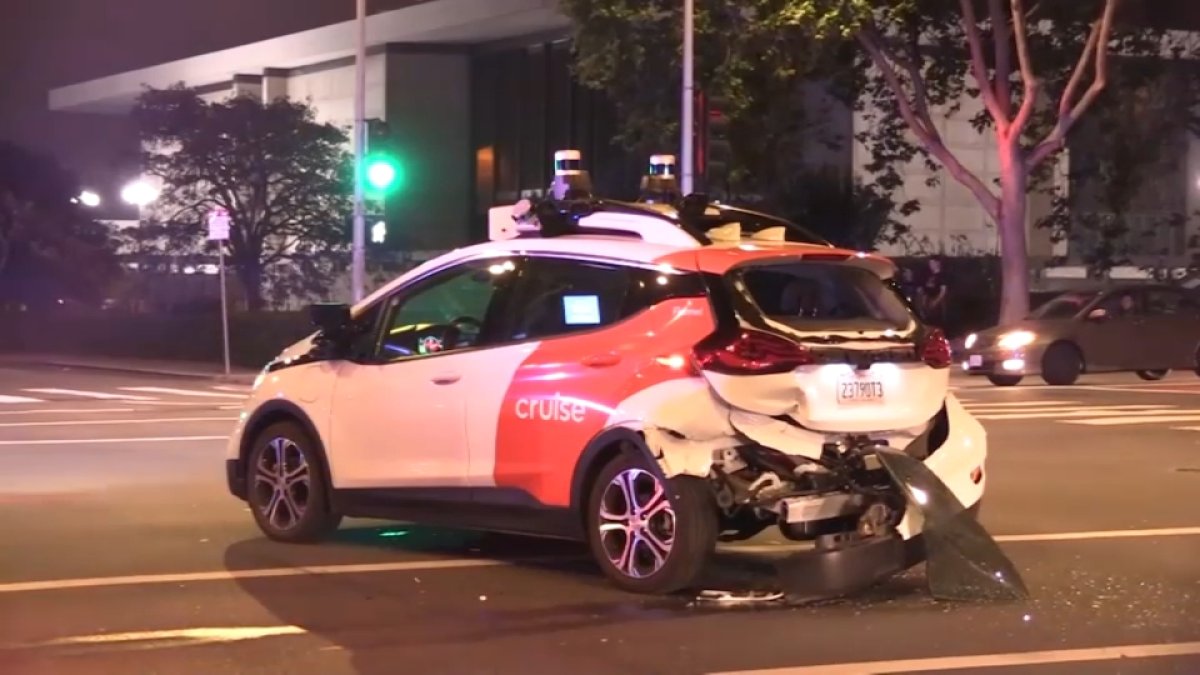
The recent incident, resulting in the suspension of Cruise’s operations, involved a collision with another vehicle in San Francisco, leading California authorities to revoke Cruise’s license for driverless rides. While the relaunch city remains undisclosed, it is unlikely to be San Francisco.
As Cruise navigates through its challenges, questions arise regarding GM’s overall portfolio and capital allocation. Investors are closely monitoring developments, given GM’s challenging year, marked by a 16% decline in its shares compared to a 19% rise in the S&P 500 index.
Cruise, with operations in Phoenix and Austin, may find more favorable conditions in these cities compared to San Francisco. The company had previously sought permission from the National Highway Traffic Safety Administration (NHTSA) to deploy up to 2,500 self-driving vehicles annually without human controls, pending approval.
In response to employee concerns, Cruise has committed to compensating for potential tax liabilities related to vested shares, aiming to address dissatisfaction following the suspension of its program. This situation underscores the challenges in the rapidly evolving autonomous vehicle landscape, where trust, safety, and regulatory approval are paramount.
Read More (EV)

